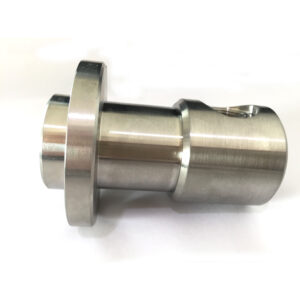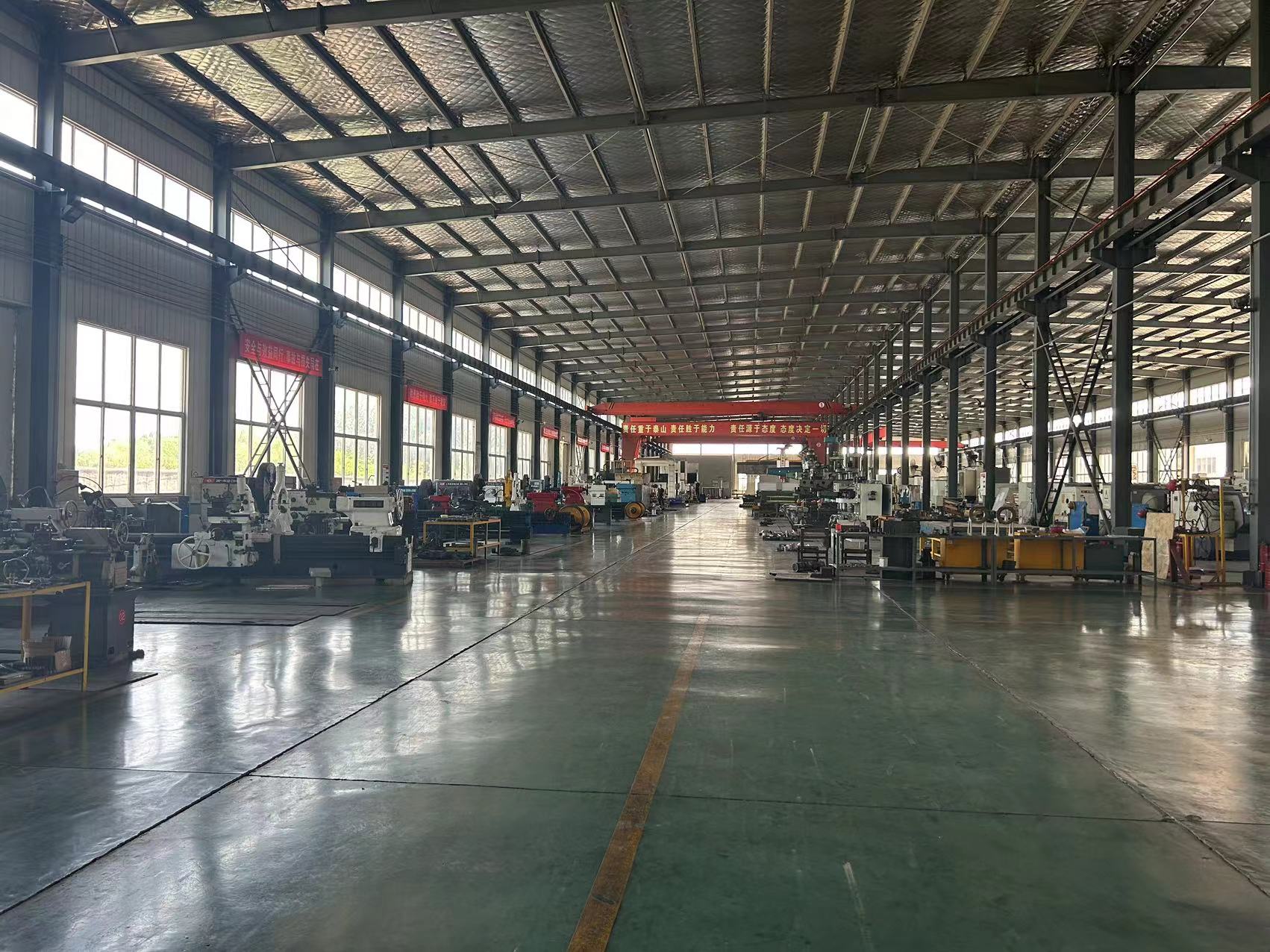Mechanical machining encompasses a variety of techniques used to shape and finish workpieces. One common method is milling, where a rotating cutter removes material from the workpiece’s surface to create complex shapes or features. Turning, another widely used technique, involves rotating the workpiece while a cutting tool removes material to achieve cylindrical shapes. Grinding utilizes abrasive particles to remove material and achieve precise dimensions and surface finishes. Drilling involves creating holes in the workpiece using a rotating drill bit. Additionally, techniques like boring, threading, and broaching are employed for specific applications, each with its own set of tools and processes. Overall, mechanical machining methods play a crucial role in manufacturing by producing components with tight tolerances and high precision.
Mechanical machining encompasses a variety of techniques used to shape and finish workpieces. One common method is milling, where a rotating cutter removes material from the workpiece’s surface to create complex shapes or features. Turning, another widely used technique, involves rotating the workpiece while a cutting tool removes material to achieve cylindrical shapes. Grinding utilizes abrasive particles to remove material and achieve precise dimensions and surface finishes. Drilling involves creating holes in the workpiece using a rotating drill bit. Additionally, techniques like boring, threading, and broaching are employed for specific applications, each with its own set of tools and processes. Overall, mechanical machining methods play a crucial role in manufacturing by producing components with tight tolerances and high precision.
Mechanical machining finds applications across various industry sectors, including but not limited to:
- Automotive: for manufacturing engine components, transmission parts, chassis components, etc.
- Aerospace: for producing aircraft parts such as turbine blades, structural components, landing gear, etc.
- Electronics: for machining precision parts used in electronic devices and equipment.
- Medical: for manufacturing surgical instruments, prosthetics, implants, etc.
- Energy: for producing components used in power generation, such as turbine blades, shafts, valves, etc.
- Defense: for manufacturing weapons, ammunition, vehicle components, etc.
- Construction: for fabricating structural components, fasteners, fittings, etc.
- Tool and Die Making: for producing molds, dies, and other tooling used in manufacturing processes.
- Marine: for manufacturing ship components, propellers, shafts, etc.
- General Manufacturing: for producing a wide range of parts and components used in various industries.

IMG 1285




